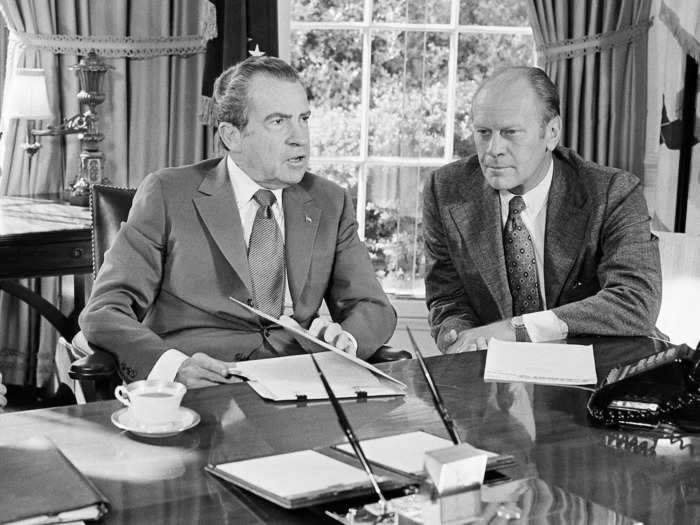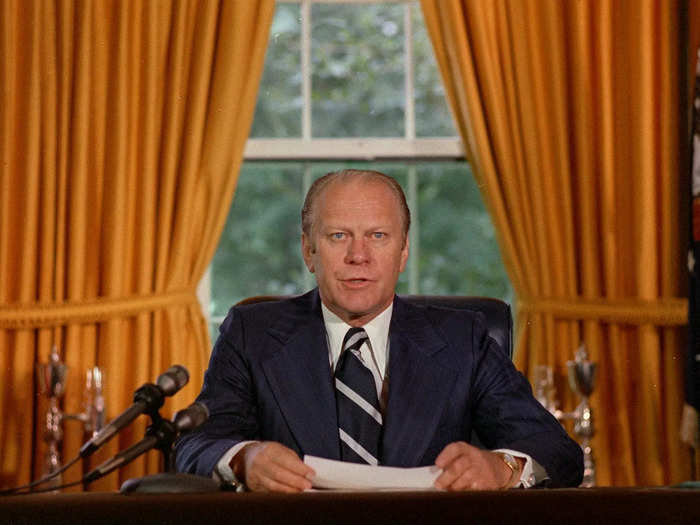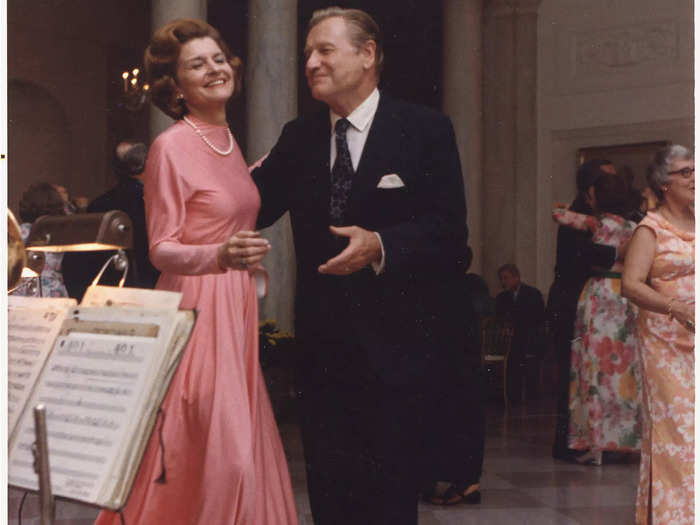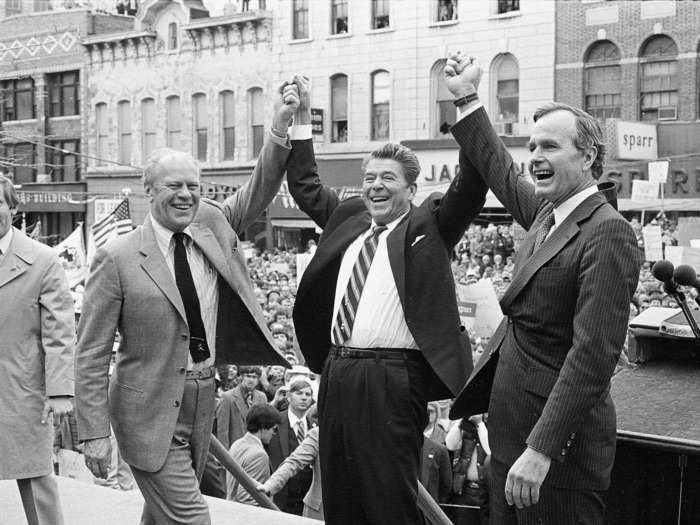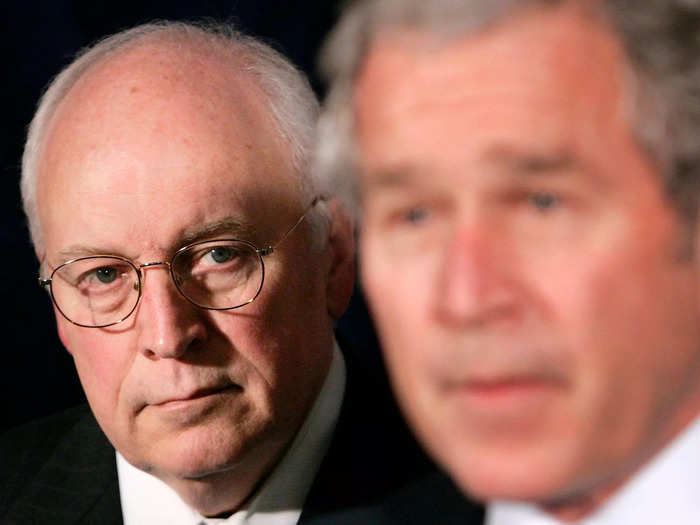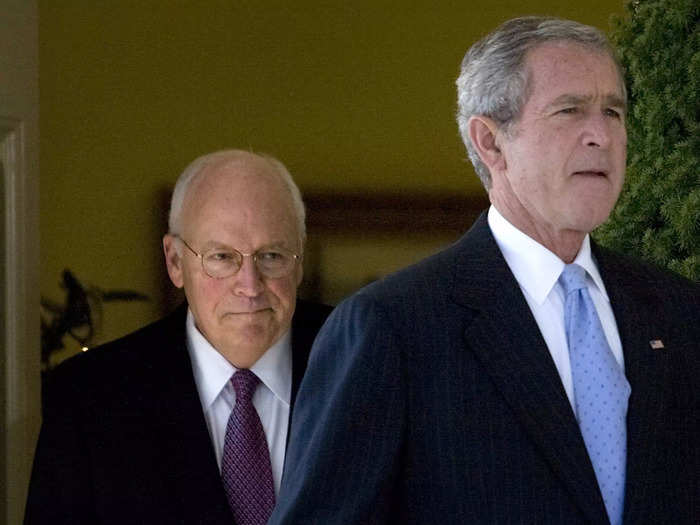President Donald Trump could temporarily or permanently hand power over to Vice President Mike Pence using the 25th Amendment.Ty Wright/Getty Images
- Before the 25th Amendment, there was no uniform process to handle presidential incapacitation.
- The assassination of President Kennedy prompted the need for formal succession.
Before the 25th Amendment, the rules surrounding presidential succession existed on a case-by-case basis.
When Woodrow Wilson had a stroke in 1919, then-Vice President Thomas Marshall did not assume presidential powers. In one case, Grover Cleveland had surgery for oral cancer, and his vice president was never informed.
It wasn't until the assassination of President John F. Kennedy that a process of presidential succession was formalized, enshrined in the 25th Amendment.
The amendment was ratified in 1967 but wasn't used until 1973. It has only been used six times in the 56 years it has existed.
Oddly enough, three times the amendment was used involved colonoscopies.
1. 1973: Gerald Ford's nomination as vice president
Nixon and Ford. File photo/AP
Spiro Agnew resigned from his role as vice president after being indicted on charges of accepting bribes and evading income taxes while serving as governor of Maryland.
With a vacancy in the role of vice president, President Richard Nixon would be the first to fill that vacancy since the creation of the 25th Amendment.
After Nixon requested members of the cabinet and Congress to make suggestions for Agnew's replacement, he settled on Gerald Ford.
In December of 1973, six years after the 25th Amendment was ratified and signed into law, House Minority Leader Gerald Ford was the first person to be sworn in as vice president through the 25th Amendment.
2. 1974: Ford's succession to the presidency after Richard Nixon's resignation
Gerald Ford. AP Photo
Just eight months after Ford was sworn in as vice president, then-President Nixon announced his resignation as president following the Watergate scandal.
The very next day, August 9, 1974, Ford was sworn in as President of the United States. Ford became the first and only person to date to be sworn in as both Vice President and President through the 25th Amendment.
Ford's ascension to the presidency opened a vacancy for the position of vice president for the second time in less than a year. As president, Ford would have to appoint a new vice president using the same amendment that put him in the presidency.
Shortly after Ford was sworn in as president and before the new vice president was sworn in, Ford announced that he would pardon Nixon.
In a televised speech from the Oval Office, Ford addressed the Watergate scandal, saying, "it could go on and on and on, or someone must write the end to it. I have concluded that only I can do that, and if I can, I must."
3. 1974: Ford nominates Nelson Rockefeller as vice president
First lady Betty Ford and Vice President-designate Nelson A. Rockefeller. Karl H. Schumacher/Gerald R. Ford Presidential Library and Museum
Ten days after he took the presidency, Ford invoked the 25th Amendment and selected the former-Gov. Nelson Rockefeller of New York to be his new vice president.
It took the House and Senate four months to confirm the nomination. The process turned into a "protracted and grueling inquiry into the extent of the Rockefeller fortune and its hidden influence," according to PBS.
On December 19, 1974, Rockefeller was sworn in as vice president.
When Ford ran for president in 1976, he dropped Rockefeller and replaced him with Sen. Bob Dole of Kansas.
4. 1985: President Ronald Reagan transfers power to Vice President George H.W. Bush before surgery
Reagan with Ford and Bush. AP
The next time the 25th Amendment was invoked involved fewer moving pieces.
President Ronald Reagan, in accordance with the rules set in the 25th Amendment, sent a letter to the president pro tempore of the Senate and the Speaker of the House that transferred power to Vice President George H.W. Bush.
Bush temporarily assumed the role of acting president for eight hours that day but exercised "no constitutional powers of the Presidency while the transfer of authority was in effect," according to The New York Times.
Reagan underwent surgery to remove cancerous polyps in his intestines that were discovered during a routine colonoscopy.
At first, Reagan "skirted" the formal designations of acting president and "did not invoke the 25th Amendment," The New York Times reported, but administration officials later made clear the importance of the formal transfer of power.
Publicly, the White House did not formally announce that they were invoking the 25th Amendment. However, within the White House, they were following the protocol of the 25th Amendment.
5. 2002: President George W. Bush transfers power to Vice President Dick Cheney
Cheney with George W. Bush. REUTERS/Larry Downing
The use of the 25th Amendment by President George W. Bush was more routine than others in the past.
Bush sent the requisite letters to enact the Amendment and transferred power to Vice President Dick Cheney for two hours and five minutes while he underwent a colonoscopy.
6. 2007: Bush transfers power to Cheney again for another colonoscopy
Cheney with George W. Bush. Brendan Smialowski/Getty Images
The most recent time the 25th Amendment was used was during another routine screening for colon cancer for President Bush.
Vice President Cheney assumed the role of president only temporarily as Bush had his procedure at Camp David.

